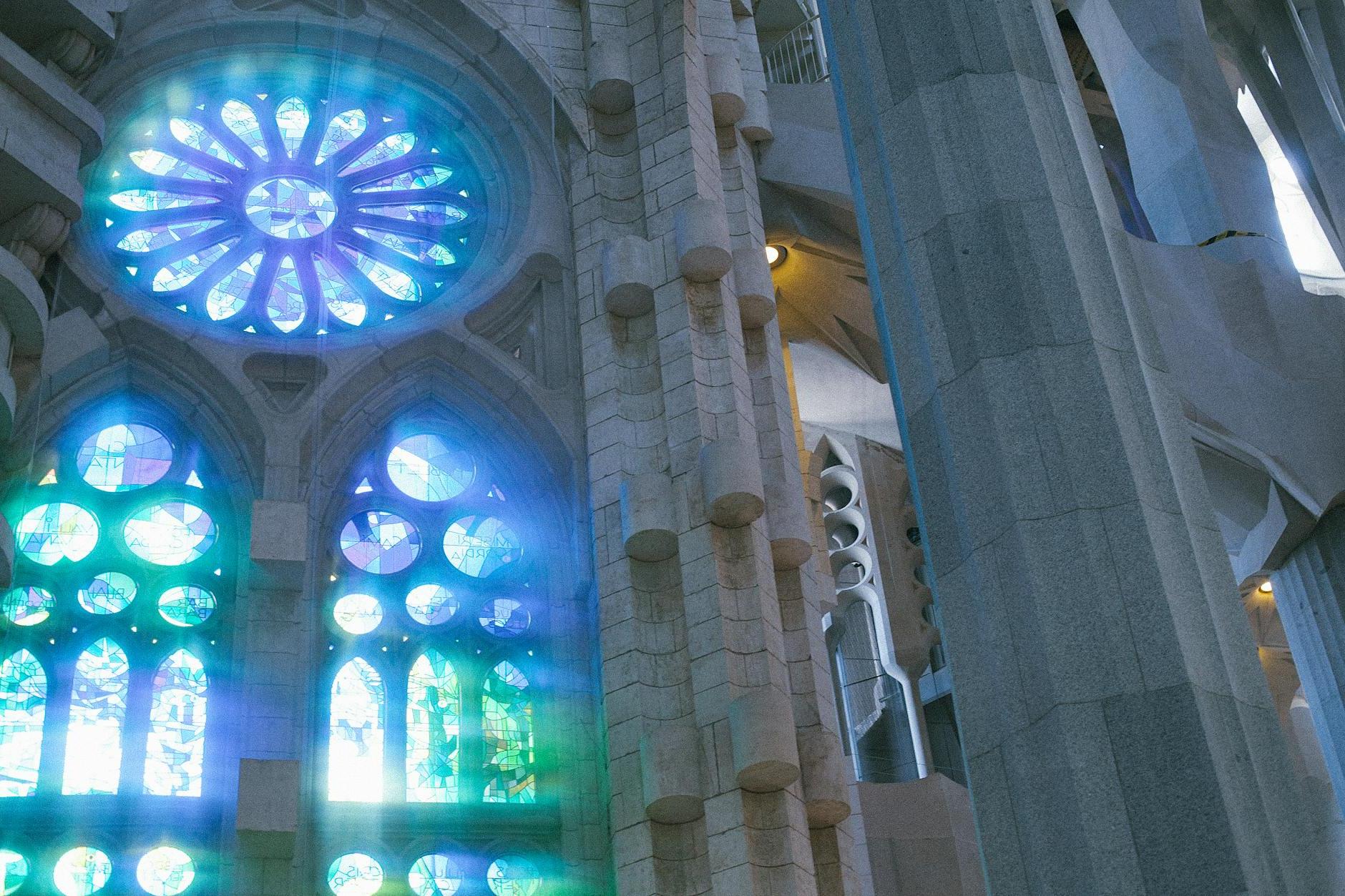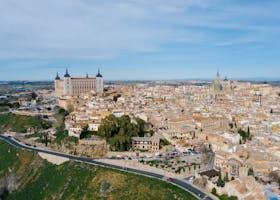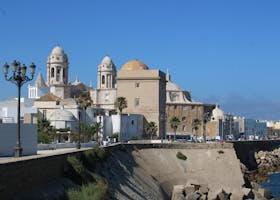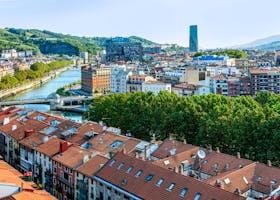Top 10 Must-See Attractions in Barcelona, Spain: September 2024
Posted on September 7, 2024 • 12 minutes • 2436 words
Table of contents
Welcome to Barcelona, Spain, a city where every corner has a story to tell and every street leads to an architectural masterpiece or a vibrant market. Your adventure to this enchanting city wouldn’t be complete without exploring its top 10 must-see attractions. Known for its captivating mix of ancient and modern, Barcelona is a treasure trove of cultural heritage, stunning scenery, and mouth-watering cuisine. While the city basks in the warmth and festivity of summer from June to August, attracting the most visitors, let me assure you, Barcelona is a city of endless discovery, no matter the season. Whether it’s the cool breezes of spring or the colorful autumn leaves in the city’s parks, there is something magical to do all year round. So, grab your notepad, and let’s dive into the ultimate guide to the top 10 attractions in Barcelona that you simply can’t miss!
10 best things to see in Barcelona
10. Parc de la Ciutadella
When you’re visiting Barcelona, make time for the Parc de la Ciutadella. It’s not just a park; it’s a vibrant heart of nature, culture, and relaxation amidst the bustling city. Here, you can wander through lush green pathways, admire a stunning waterfall, and even visit the city’s zoo. For art lovers, the park houses the mesmerizing “Castle of the Three Dragons” and the beautiful Parliament of Catalonia. To get there, the easiest way is to hop on the metro and get off at the Arc de Triomf station. From there, it’s just a short walk to the park’s main entrance. Pay special attention to the boating lake and the grand fountain, designed by Josep Fontserè (with a little help from a young Gaudí). Whether you’re looking for a peaceful escape, a touch of culture, or a fun day out, Parc de la Ciutadella is a must-visit spot in Barcelona.
9. Casa Vicens
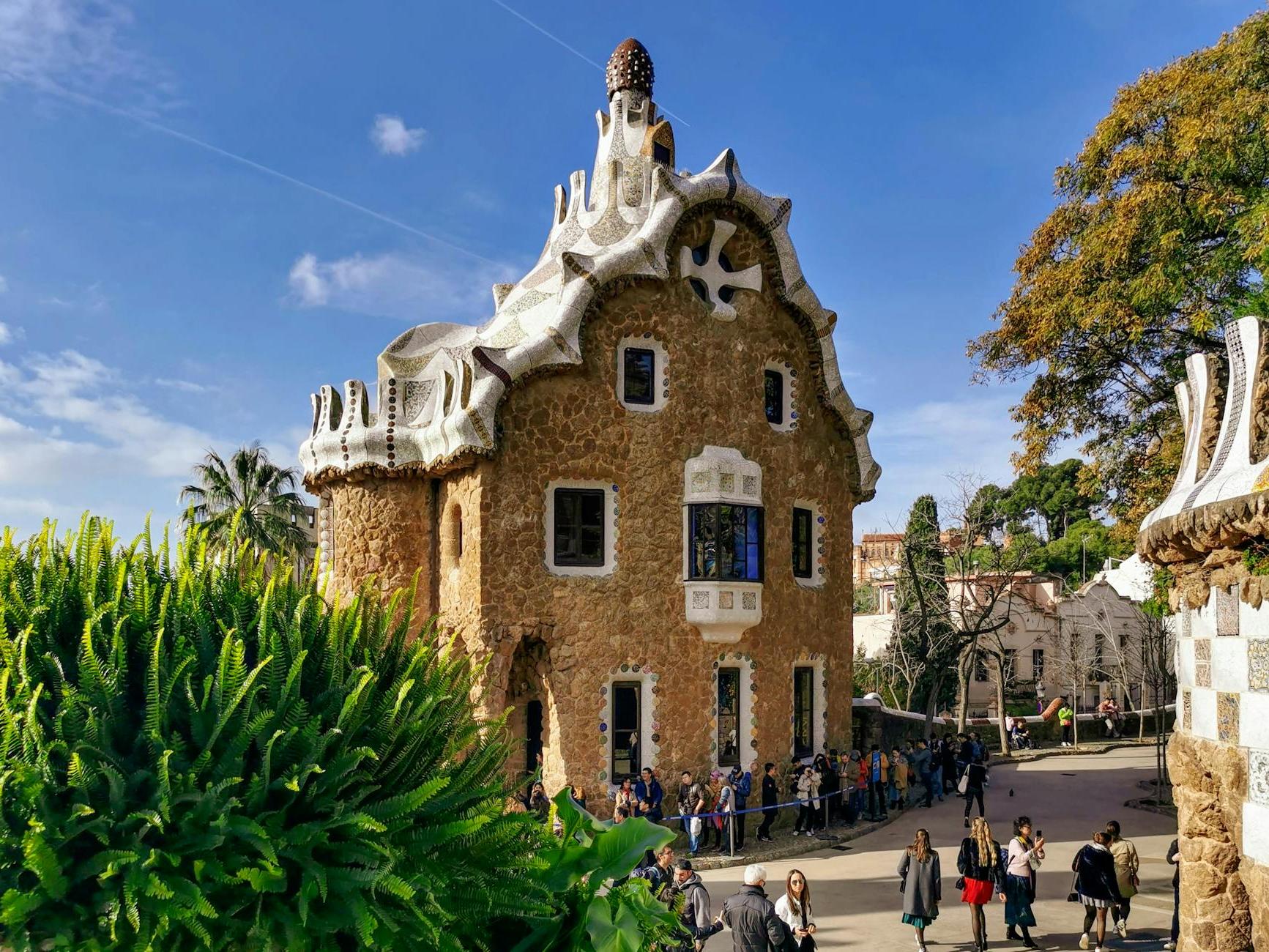
When in Barcelona, visiting Casa Vicens is a must for an array of compelling reasons. This architectural gem, nestled in the Gràcia district, marks the inception of Antoni Gaudí’s acclaimed career, showcasing his unmistakable blend of innovation and beauty. Embark on a journey through ornate rooms and lush gardens, witnessing firsthand how Gaudí’s genius harmonizes nature and architecture. Getting there is a breeze: simply hop on the Metro to Lesseps or Fontana station, and from there, it’s just a short stroll through picturesque streets to this UNESCO World Heritage site. Pay special attention to the intricate tile work and distinct Moorish influence that make Casa Vicens a vivid testament to Gaudí’s early experimentation and a unique window into the evolution of modernist architecture in Barcelona. This visit promises not only a feast for the eyes but also a deeper appreciation for one of the city’s most pivotal cultural landmarks.
8. Poble Espanyol
If you’re on a journey through Barcelona, adding Poble Espanyol to your itinerary is a must. Crafted for the 1929 International Exhibition, this open-air museum places the rich diversity of Spanish architecture, cuisine, and crafts within your grasp, all in one enchanting location. Wander through replicas of streets, squares, and buildings from different parts of Spain. To get there, you can easily hop on the metro to Espanya station, then it’s just a short stroll up Montjuïc hill. Keep an eye out for the array of workshops where artisans demonstrate traditional Spanish crafts. From glass blowing to ceramics, it’s a unique chance to see these age-old techniques in action. Don’t miss the chance to experience this cultural treasure trove, right in the heart of Barcelona.
7. Santa Maria del Mar
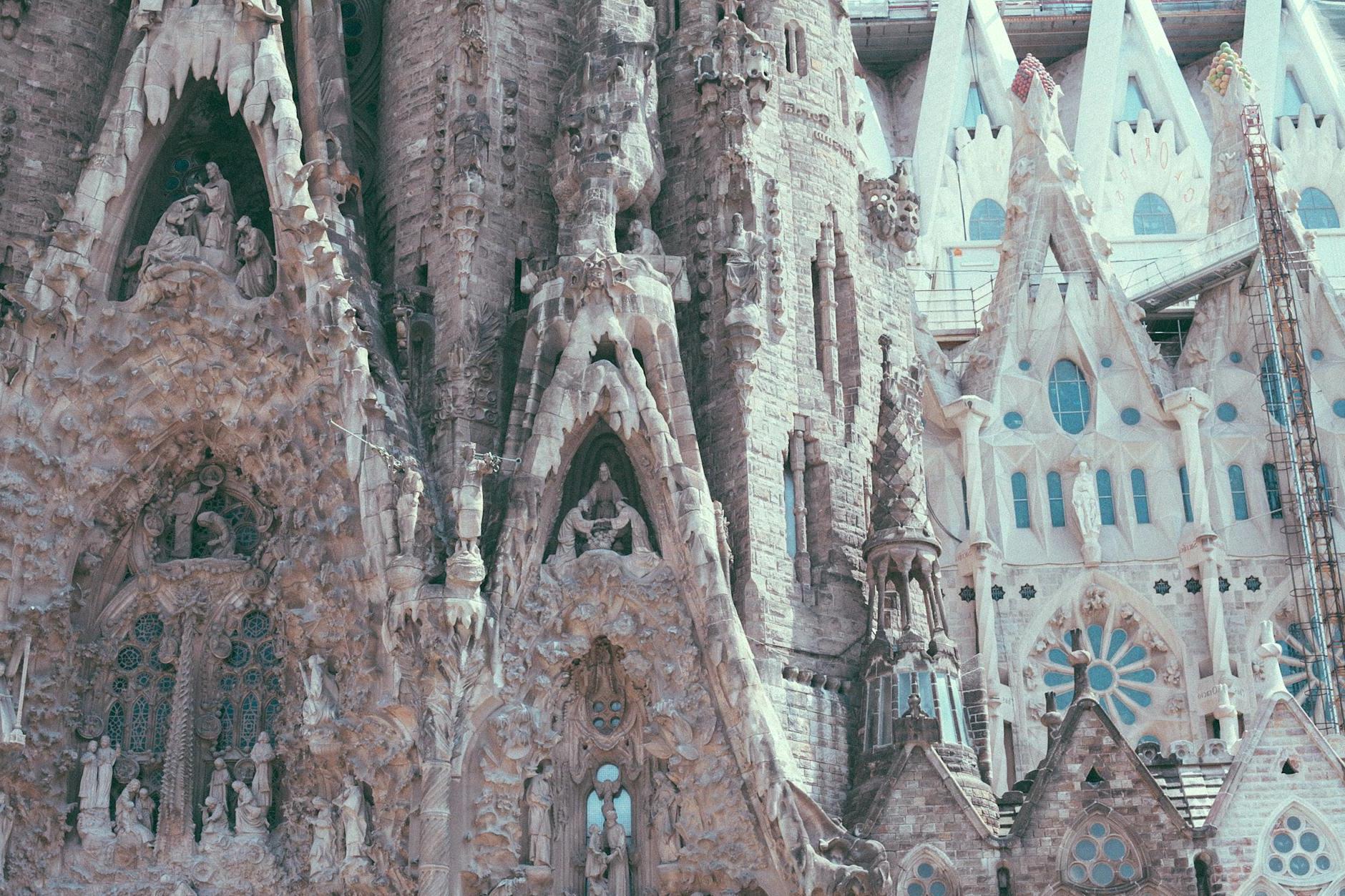
When you’re exploring Barcelona, don’t miss out on the enchanting experience of visiting Santa Maria del Mar. Nestled in the heart of the Born district, this magnificent church stands as a beacon of Catalan Gothic architecture. Its grandeur and serene ambiance offer a glimpse into the city’s rich history and cultural heritage. To get there, the easiest way is to hop on the metro and alight at Jaume I station; from there, it’s just a short walk through the picturesque streets of the Born area. As you step inside Santa Maria del Mar, pay special attention to the stunning stained-glass windows that bathe the interior in colorful light, and the soaring columns that create a sense of awe-inspiring spaciousness. This place isn’t just a church; it’s a masterpiece that embodies the spirit of Barcelona, making it a must-visit for anyone wanting to connect with the city’s soul.
6. Palau de la Música Catalana
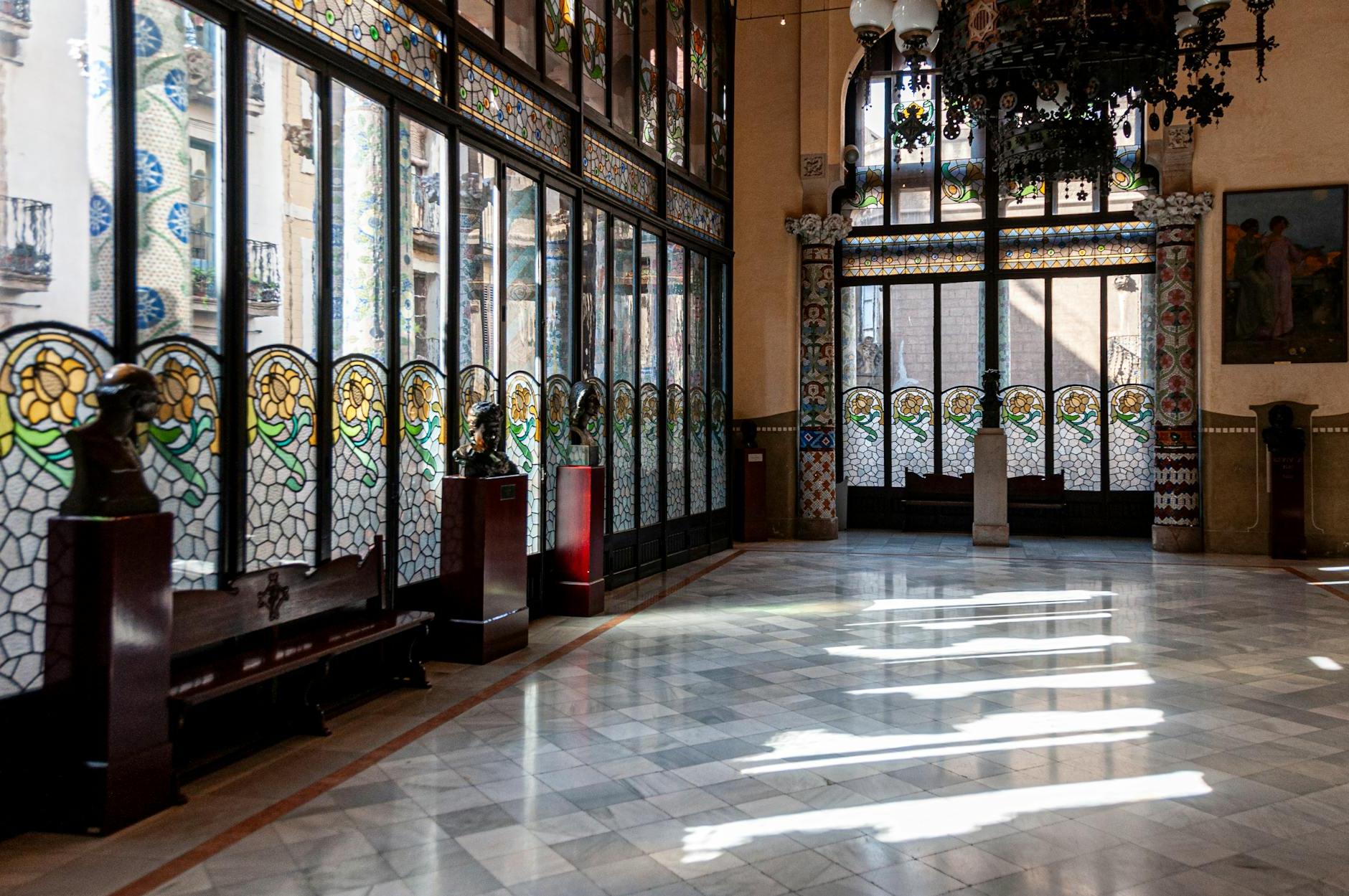
When you’re in Barcelona, visiting the Palau de la Musica Catalana is a must, especially if you appreciate stunning architecture and the power of music. This magnificent concert hall, a UNESCO World Heritage site, showcases an exceptional blend of Spanish Art Nouveau, bringing to life the artistic fervor of Catalonia. Its grand interior, adorned with mosaics, stained glass, and intricate sculptures, offers a visual feast, while the main concert hall, with its breathtaking skylight, is an acoustic marvel designed to provide an unparalleled musical experience. To get there, the easiest way is by taking the metro to Urquinaona station, which is just a short walk away. Keep an eye out for the guided tours that take you behind the scenes, offering insights into the hall’s history and architectural details. Make sure to check the schedule in advance if you’re hoping to catch a performance. This visit promises to be a highlight of your Barcelona experience, merging the beauty of art and music in a truly unique setting.
5. Casa Batlló
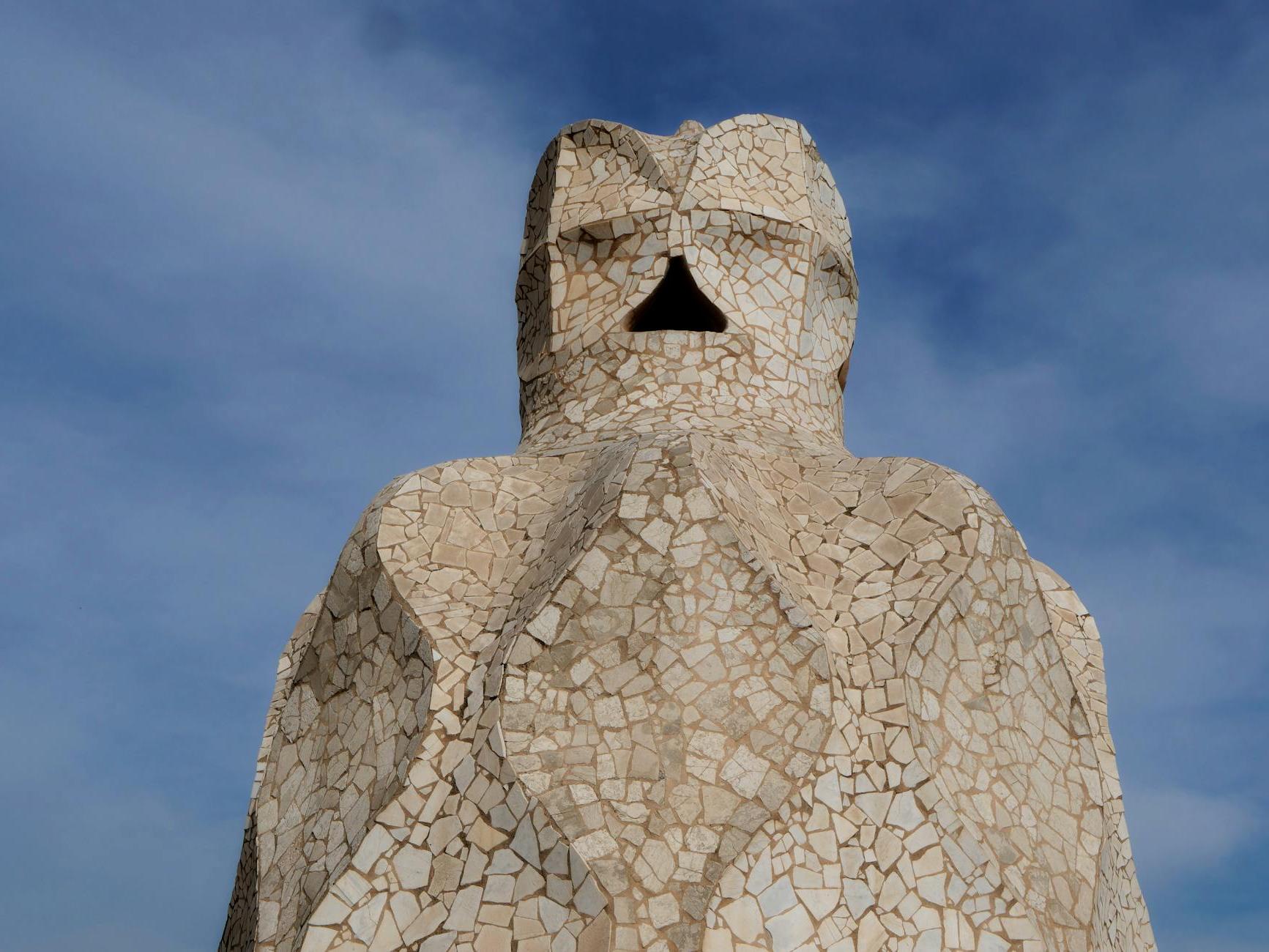
When you find yourself wandering through the picturesque streets of Barcelona, a visit to Casa Batlló should definitely be on your list. This masterpiece, designed by the famous architect Antoni Gaudí, stands out as an emblem of modernist architecture. With its vibrant colors, unique dragon-back design, and playful shapes, it’s not just a building but a piece of art that invites you to dive deep into Gaudí’s imagination. Located in the heart of the city, on Passeig de Gràcia, getting there is a breeze. You can easily take the Metro (L2, L3, or L4) and get off at Passeig de Gràcia station, or hop on any of the city buses that stop nearby. As you explore, pay special attention to the façade’s intricate details and the whimsical rooftop, heralding views of the city skyline. Inside, the stairways, ceilings, and everything down to the door handles were crafted with Gaudí’s touch of genius. Remember to book your tickets in advance to avoid the long lines, and consider opting for an audio guide to fully appreciate the history and architectural nuances of this captivating building.
4. Park Güell
If you’re planning a trip to Barcelona, visiting Park Güell is a must. This enchanting park, designed by the famous architect Antoni Gaudí, is a masterpiece of colorful mosaics, undulating forms, and natural shapes that blend seamlessly with the landscape. It’s a perfect spot for breathtaking city views and whimsical photo opportunities. To get there, you can take the metro (Line 3) to Vallcarca or Lesseps station and then be prepared for a bit of a walk, but don’t worry, the signs and street escalators will help you along the way. Remember, while the outer part of the park is free to explore, entering the Monumental Zone, where the iconic mosaic lizard and the serpentine bench are located, requires a ticket. It’s best to book your ticket in advance, especially in peak tourist seasons, to avoid long wait times. Don’t miss the chance to witness the unique blend of architecture and nature that makes Park Güell a truly magical place in Barcelona.
3. La Rambla
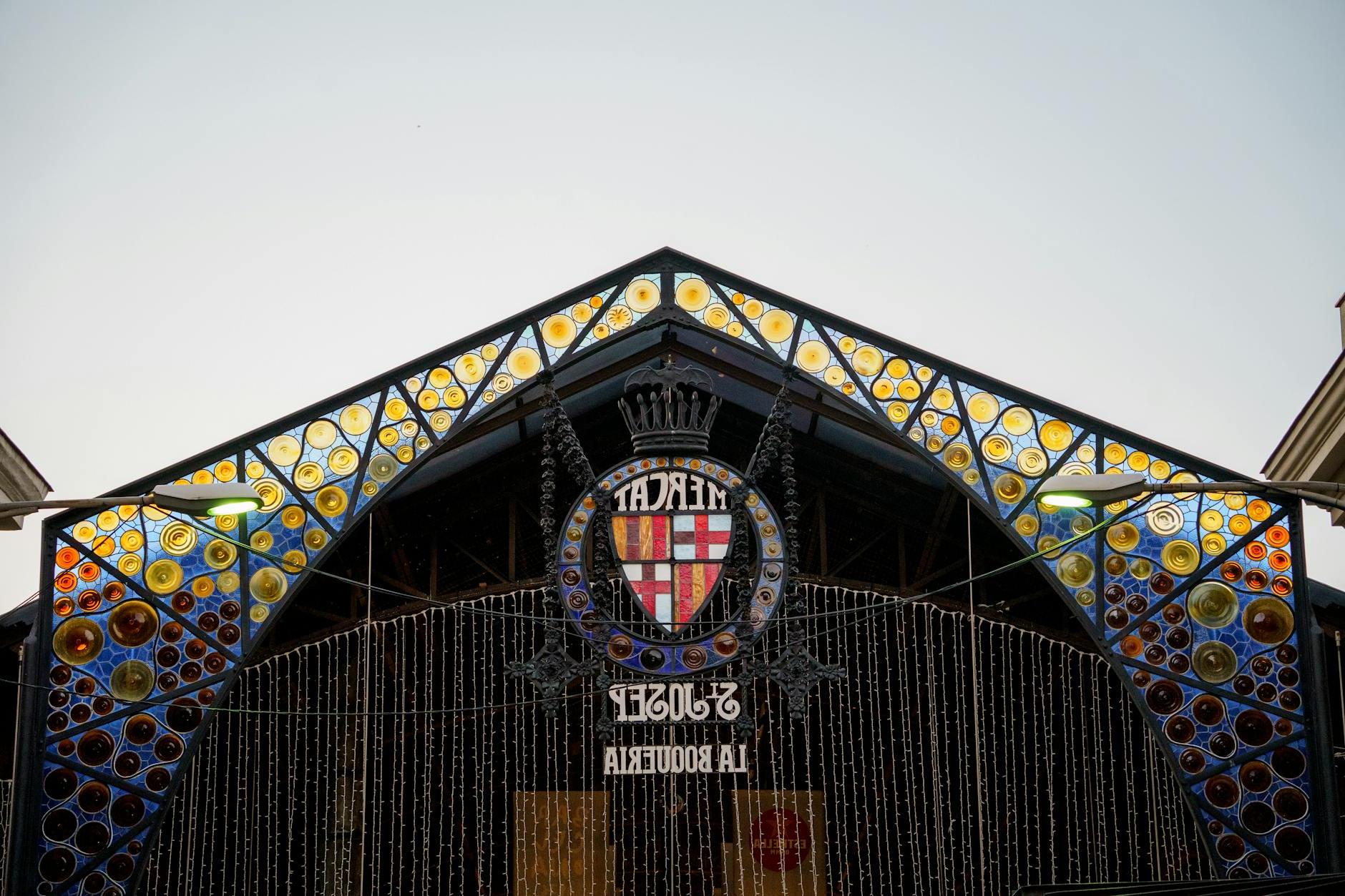
When you visit Barcelona, strolling down La Rambla is a must to truly feel the vibrant pulse of the city. This bustling boulevard is more than just a road; it’s a spectacle of live performances, outdoor markets, and the famous La Boqueria food market, where you can savour local delicacies. Getting there is easy; La Rambla cuts through the heart of the city, reachable by metro (the Liceu and Drassanes stations are right on it) or a pleasant walk from many parts of the city. While you wander, keep an eye on the beautiful mosaic by Joan Miró on the pavement, and don’t miss the chance to explore the narrow, hidden alleys leading off La Rambla. They’re filled with surprises, from quaint shops to cozy cafes. However, remember to watch your belongings, as this popular spot is known for pickpockets. Enjoying La Rambla means soaking in the essence of Barcelona — vibrant, historic, and full of life.
2. La Sagrada Familia
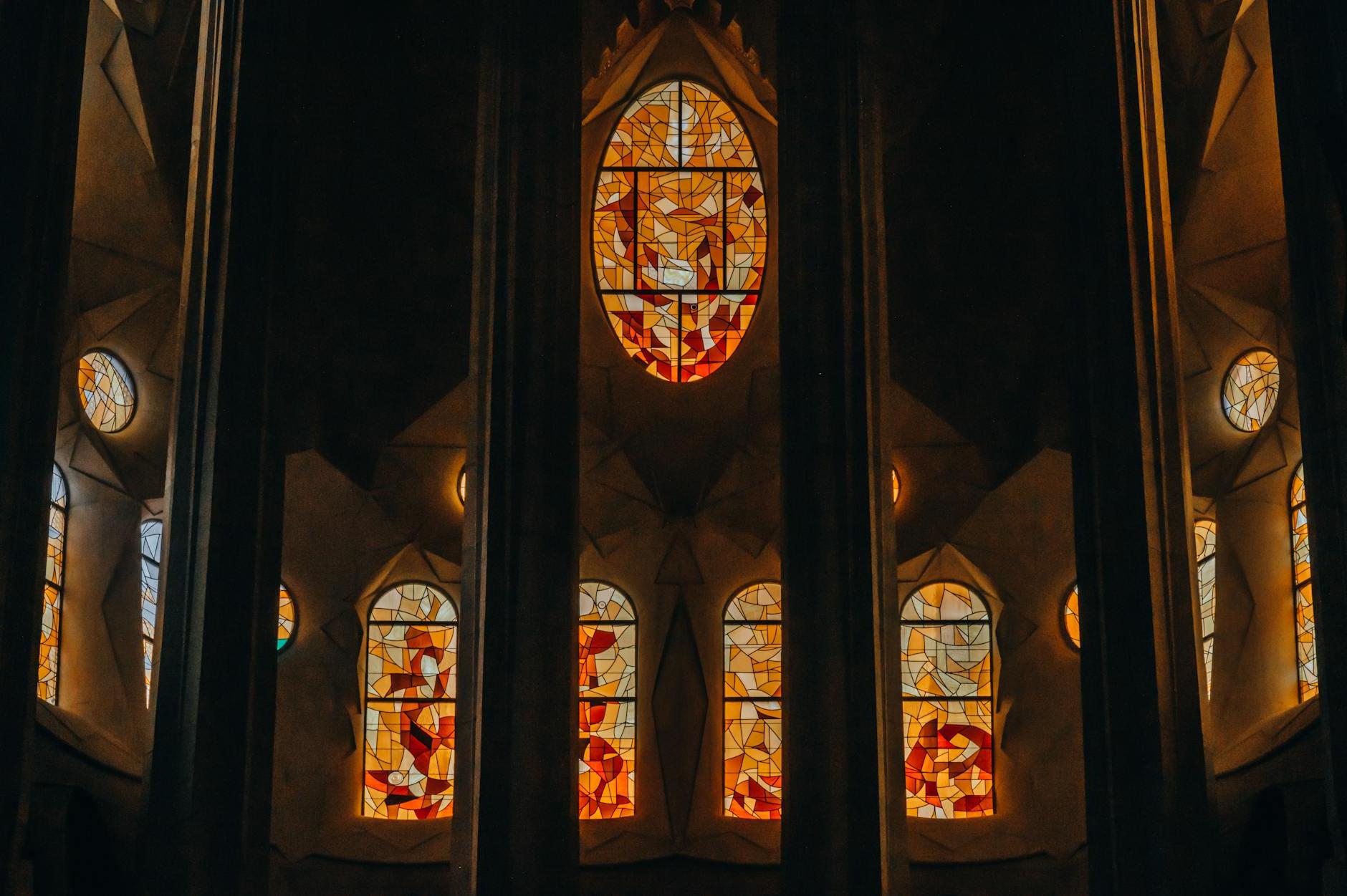
When you’re in Barcelona, visiting La Sagrada Familia should definitely be on your must-do list. This breathtaking basilica, designed by the famous architect Antoni Gaudí, isn’t just a church; it’s a piece of living history and an embodiment of artistic innovation. Its towering spires and intricately designed facades tell stories that captivate every visitor. To get there, it’s quite simple. If you’re using the metro, take either Line 2 (the purple line) or Line 5 (the blue line) and get off at the “Sagrada Familia” station. Once there, pay special attention to the Nativity and Passion facades, each telling the story of Jesus’ birth and death in stunning detail. Also, don’t miss the opportunity to go inside. The interior is lit with an ethereal glow from the stained glass windows, creating a tapestry of light that is truly magical. Remember to book your tickets in advance to avoid long lines, allowing you more time to immerse yourself in the awe-inspiring beauty of La Sagrada Familia.
1. Gothic Quarter

When you’re in Barcelona, the Gothic Quarter is a must-visit for a mesmerizing step back into medieval times. Nestled at the heart of the city, this historic area is easily accessible by the Metro; just hop off at the Liceu station on the L3 line or Jaume I on the L4 line, and you’re right there. As you stroll through the narrow, winding streets, you’ll feel the charm of the past with every step. The Gothic Quarter is home to stunning architecture, including the breathtaking Barcelona Cathedral. Be sure to pay attention to the intricate details of the buildings and the hidden squares that pop up unexpectedly as you explore. The blend of Roman relics and Gothic structures tells a story of a bygone era, making it a captivating experience. Whether you’re a history buff, a photography enthusiast, or just someone looking to soak up the vibrant atmosphere, the Gothic Quarter offers an unforgettable journey through time.
Frequently Asked Questions
1. What is the best time of the year to visit Barcelona?
The best time of the year to visit Barcelona is from May to June and September to October. During these months, the weather is warm and pleasant, making it perfect for exploring the city’s stunning architecture and beautiful beaches. You’ll also find that these periods offer a balance between bustling tourist activity and moments of tranquil enjoyment, allowing you to experience the vibrant culture without overwhelming crowds. For those looking to save a bit on their travel expenses, considering alternative times like late autumn (November) or early spring (April) could be beneficial. During these months, Barcelona is less crowded, and you may find better deals on accommodation and flights, making your visit more economical while still offering a chance to enjoy the city’s charm with milder weather.
2. Should I rent a car in Barcelona?
Deciding whether to rent a car in Barcelona really depends on what you plan to do during your visit. The city’s roads can get quite busy, and finding a parking spot is often a challenge, not to mention parking fees can be steep in central areas. Traffic can be congestive, especially during peak hours, making navigating the city a bit stressful if you’re not familiar with the area. On the other hand, Barcelona boasts an excellent public transport system, including buses, trams, and a metro that efficiently connects different parts of the city. Taxis and ride-sharing services are also readily available and can be a convenient option for getting around. Unless you’re planning to explore outside of Barcelona, relying on public transport and taxis might be the more hassle-free choice, letting you enjoy the city’s sights without the worry of driving and parking.
3. What are different ways to get to Barcelona?
Reaching Barcelona, a vibrant city known for its art, architecture, and lively street life, is convenient thanks to several transport options. If you’re flying in, the primary gateway is Barcelona-El Prat Airport, which is well-connected globally. Other nearby airports include Girona-Costa Brava and Reus, which are both around an hour’s drive away and cater mainly to low-cost carriers. Once you land, you can hop onto a train, bus, or taxi to get into the city. For those preferring trains, Barcelona is well-served by Spain’s high-speed network, making it a quick trip from major cities like Madrid and Valencia. Buses provide an economical alternative, with comfortable journeys from across the country. If you’re up for a road trip, driving to Barcelona is scenic and straightforward, with excellent motorways connecting it to major Spanish cities. Just remember, driving in the city can be challenging due to its busy streets, so parking outside the central areas and using public transport to explore might be a better idea.
4. Are there things to do with children in Barcelona?
Absolutely, Barcelona is a vibrant city packed with activities for children! If your little ones love adventure, don’t miss the Barcelona Zoo or the Aquarium, which are both great for fun and learning about animals. For a taste of magic, the Magic Fountain show is a must-see with its dazzling display of lights, water, and music that will captivate all ages. The city is also home to several parks, like Park Güell, where kids can explore fantastic sculptures and colorful mosaics. And for those days when you all need a break from the hustle and bustle, the city’s beaches offer a perfect spot for building sandcastles and splashing around. From interactive museums to child-friendly restaurants, Barcelona ensures that children have as much fun as adults.
5. Is Barcelona safe to travel to?
Yes, Barcelona is generally safe for travelers. Like any bustling city, it’s important to take precautions, especially in tourist-heavy and crowded areas. Be mindful by keeping your valuables out of sight and always be aware of your surroundings. It’s also a good idea to familiarize yourself with the local emergency contact information, just in case you need it. By taking these simple steps, you can help ensure your visit to Barcelona is both enjoyable and safe.

